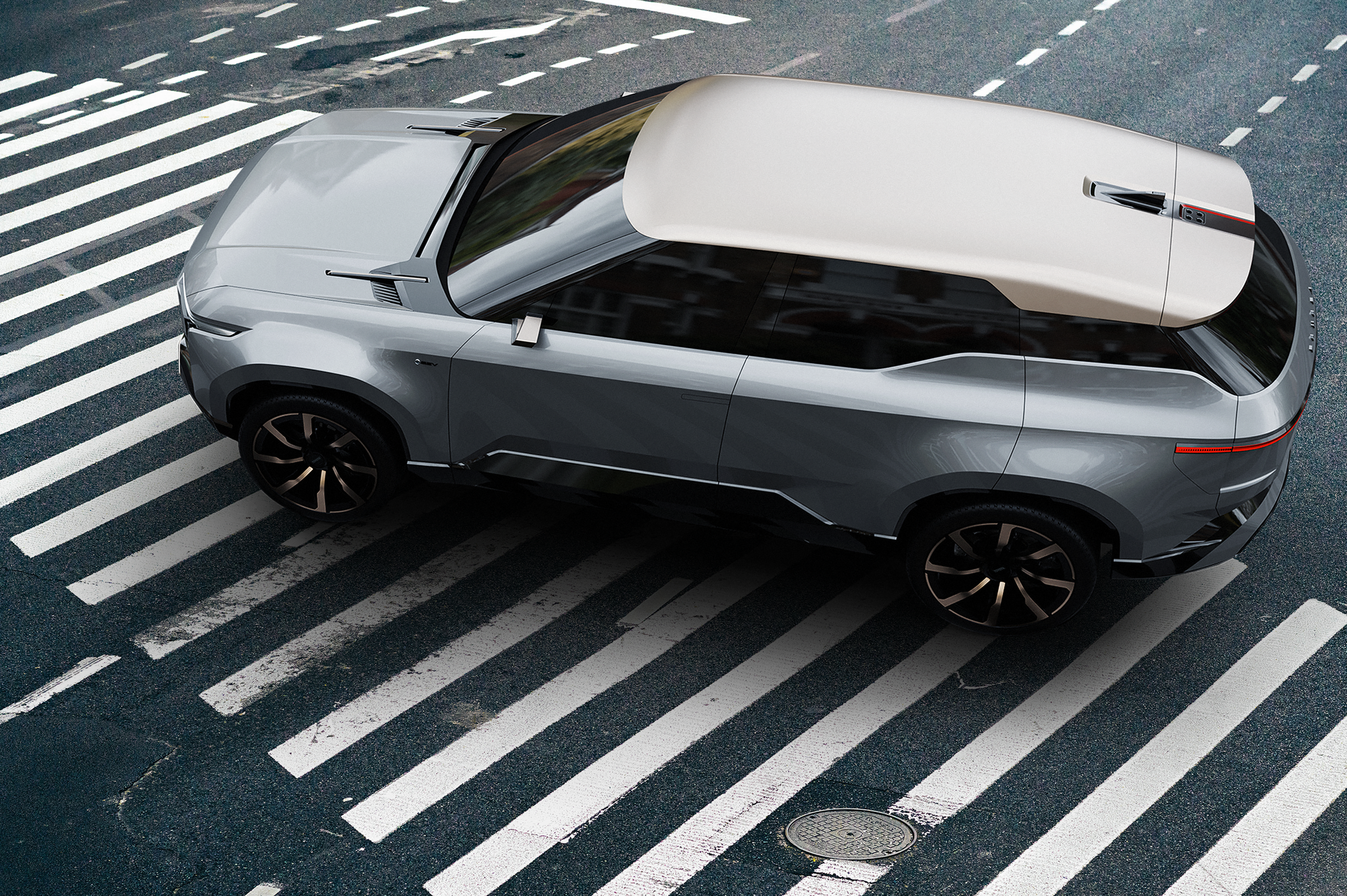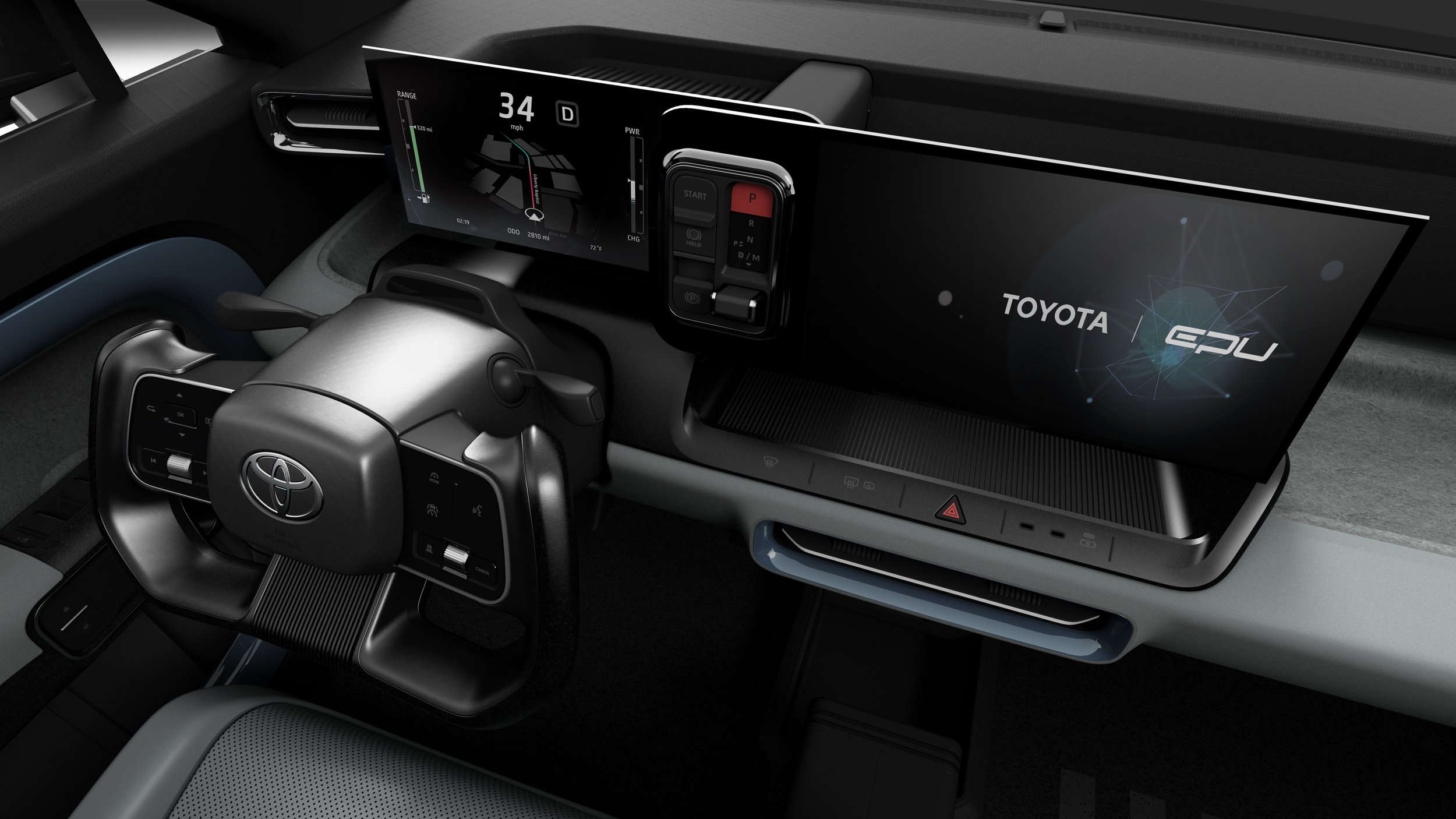Electric Cruiser, Hilux - big luggers say sayonara diesel!
/How long before outdoorsy Kiwis are slinging their Swanndri, gummies and hunting gear into these rigs?
DIVESTING diesel for pure electric might seem an ultimate sacrilege for Toyota’s top all-terrain toughies, Land Cruiser and Hilux, but it’s going to happen.
Though the vehicles here are purely at design study stage, doubtless just the images seen here will fire up hot-aired debate about whether they’re up to tackling the 42nd Traverse or Thompson’s Track, or running daily duty on a Central Otago farm. Or, erm, swanning around the city.
There’s still time to ponder about the pros and cons of the all-electric Land Cruiser Se and a Hilux equivalent, the Toyota EPU (Electric Pick Up) starring at the Tokyo Mobility Show opening in Tokyo later today.
Concepts are just the very first step into that future; they present a vision of a possibility which, if ticked off, leads to prototypes and, on past evidence, years of testing before production begins.
Electric Hilux could be further advanced; Toyota has been playing with that idea for a little while, most recently with another show vehicle that does run and was presented to the world in Thailand some months ago. It has just been to Australia for a quick asessment in which journalists there were allowed a quick run. Toyota New Zealand has, of course, been particularly loud in beating the Green drum - hence why it has those ‘future-now’ TV ads showing the downside of life on Mars and so on - yet it's not clear if anyone from the Palmerston North office got across the Tasman.
The EPU appears to be a development of that Thailand truck. The Land Cruiser Se, on the other hand, is something the make has been keeping to itself until releasing these images the other day.
Toyota has yet to provision much in the way of technical detail, save for sharing what the images here make pretty obvious. That the big boy uses a monocoque construction, which is a major departure - every Land Cruiser thus far, including the new Prado expected here reasonably soon, has used a separate ladder-style chassis with bodywork bolted to it.
Moving to unitary, or monocoque, construction will change the Land Cruiser's character entirely. In a good way? That’ll be a whole new debate, but it’s a direction the Land Rover Defender and Range Rover have already gone to.
Toyota fully understands that ruggedness and utter dependability are core to Cruiser’s appeal all over the world, but offers: “A monocoque body also offers highly responsive handling and confidence in tackling rough terrain” and that “EV quietness helps create a comfortable cabin space when driving in urban areas and other on-road situations.”
Toyota says that the Land Cruiser Se provides "high-torque driving performance unique to EVs, together with an elegant, stylish design.”
The concept presents as a roomy three-row seven-seater. Assumption is that the long bonnet either houses a big chunk of battery, or maybe an enormous Ford F-150-style ‘frunk.'
Conjecture about battery size is also rife, with thought that it would likely have to be around 150kWh, given that's about the size of the battery Rivian offers in the R1T and R1S pickup and SUV.
In respect to EPU, Toyota is saying it delivers “high durability to create a practical yet stylish EV. At just over five metres long with a double-cab design, the EPU's monocoque structure also allows for a versatile deck space that caters to a broader range of user applications.”
Also on Toyota’s Tokyo stand are the Kayoibako concept, an MPV-camper-mobile office whose design is based on shipping container, the Urban Hopper, an electric three-wheeler, with two wheels at the front for easy stability, designed to fold up to fit it into the boot of a car, and the Juu, a new take on the electric wheelchair, that enables a user's world “by enabling them to freely navigate places that are difficult to access by electric or regular wheelchairs.”
Another assistance is Neo Steer, which uses a yoke-style steering wheel, connected to an active steering system so that an operator doesn’t have to cross their arms over, acceleration and braking taken care of by motorcycle style grip-and-twist arms built into the wheel rim. It also means that there's no pedals, so people with reduced mobility can get in and out more easily.
Finally, Toyota's work with the Japan space agency (JASA) has resulted in the Space Mobility Prototype, a future lunar rover.
























